Future of flying: Fuel-sipping jet promises quieter, greener skies
A new shape for the skies: What Is the blended wing body aircraft?
Delta Air Lines is partnering with aerospace startup JetZero to introduce a revolutionary aircraft design that has the potential to transform the future of commercial flying.
This new design, called the blended wing body (BWB) aircraft, differs dramatically from the traditional tube-and-wing planes in service.
By combining the wings and fuselage into a single, wide, flat shape, the BWB reduces drag and weight, resulting in fuel efficiency improvements of up to 50% compared to today’s aircraft.
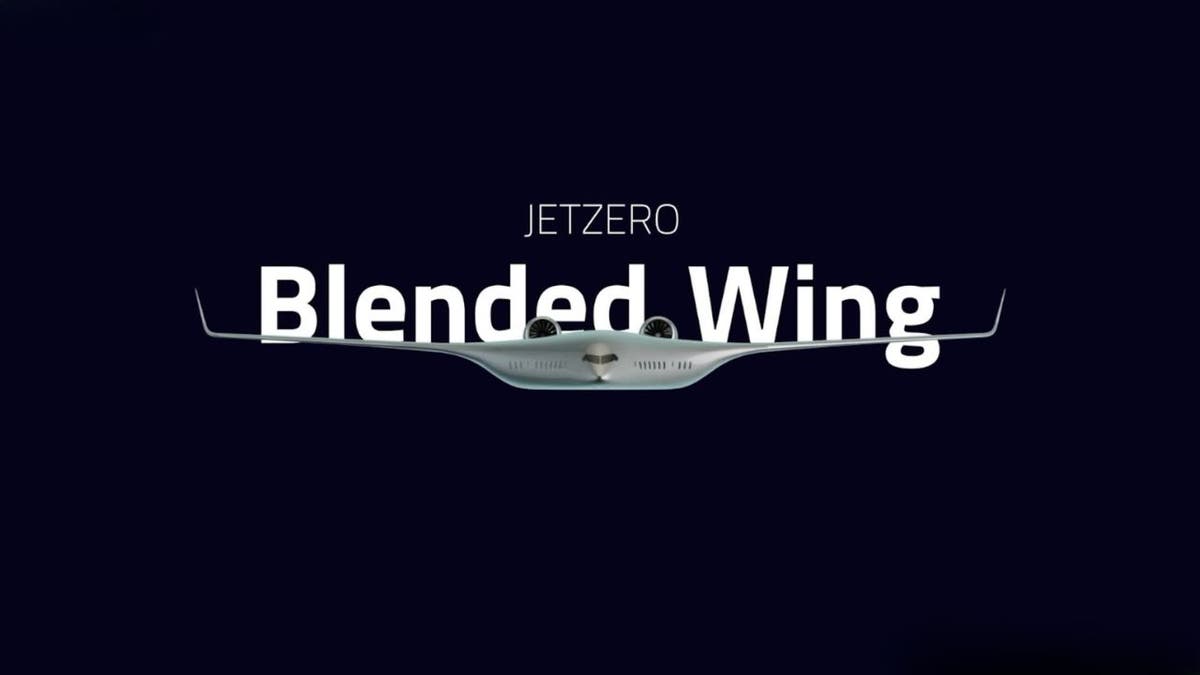
Driving toward net-zero emissions by 2050
The blended wing body (BWB) aircraft represents a critical component of Delta’s strategy to decarbonize aviation, with its fuel efficiency gains directly supporting the airline’s 2050 net-zero target. By leveraging existing engine technology, the design avoids delays associated with developing new propulsion systems, enabling faster adoption across fleets.
The aircraft’s capacity to transport over 250 passengers, matching mid-sized international jets in range and wide-body models in seating, positions it as a practical solution for reducing emissions without compromising operational needs. Its noise-reducing engine placement and compatibility with current airport infrastructure address both environmental and logistical challenges, while integration with sustainable aviation fuels amplifies its role in cutting lifecycle carbon emissions.
This multifaceted approach demonstrates how innovative airframe technology can accelerate the industry’s shift toward cleaner travel.
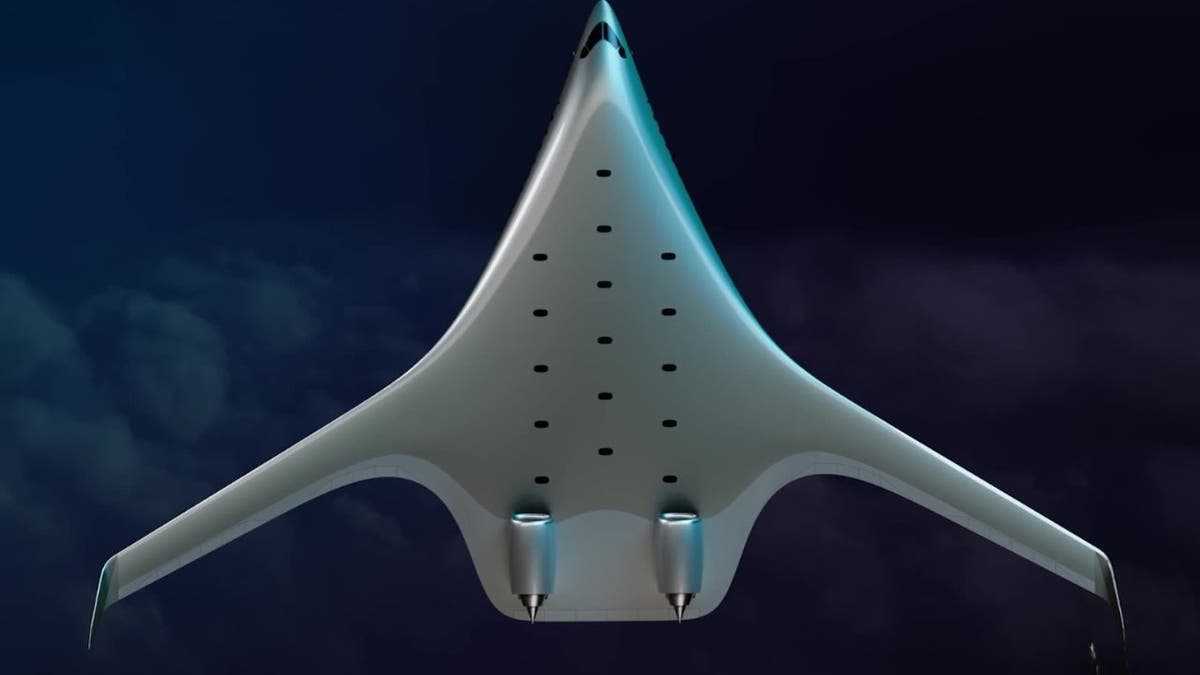
ZERO EMISSIONS HYDROGEN ELECTRIC JET DISRUPTS CONVENTIONAL FLIGHTS
Delta’s role: Turning innovation into reality
Delta is deeply involved in the project beyond financial support. Through its Sustainable Skies Lab, the airline is contributing operational expertise to help make the BWB aircraft commercially viable. This includes advising on maintenance, airport operations and other practical considerations necessary for the aircraft’s success in everyday airline service.
Amelia DeLuca, Delta’s chief sustainability officer, highlights the importance of this collaboration, stating that working with JetZero to develop a new airframe and passenger experience is an essential step toward advancing the airline industry’s fuel-saving and innovation goals.
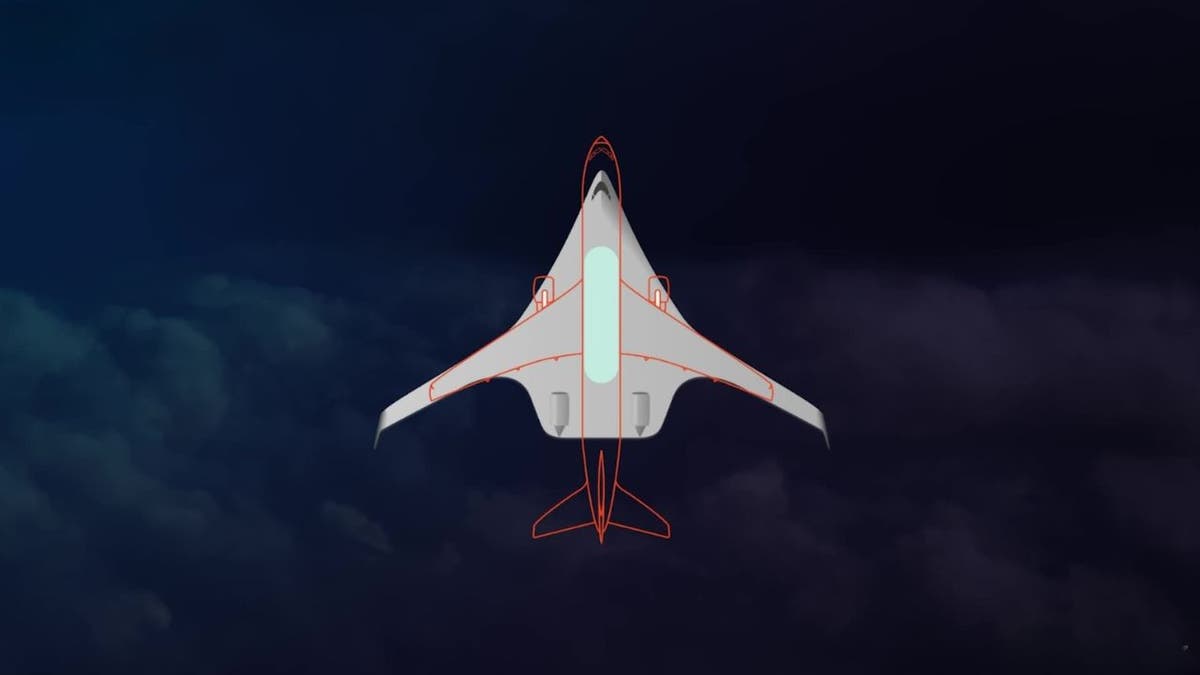
TECH STARTUP AND MAJOR AIRLINE PARTNER LAUNCH ELECTRIC AIR TAXI SERVICE
Rethinking the passenger experience
The interior of the BWB aircraft is being thoughtfully redesigned to enhance comfort and accessibility. The wider and flatter shape of the plane’s body allows for new cabin layouts. Delta aims to provide dedicated overhead bin space for every passenger, more accessible seating and lavatories and fewer rows to create a less crowded environment.
Additionally, the engines will be mounted on top of the aircraft, which is expected to significantly reduce cabin noise and lower noise pollution around airports.
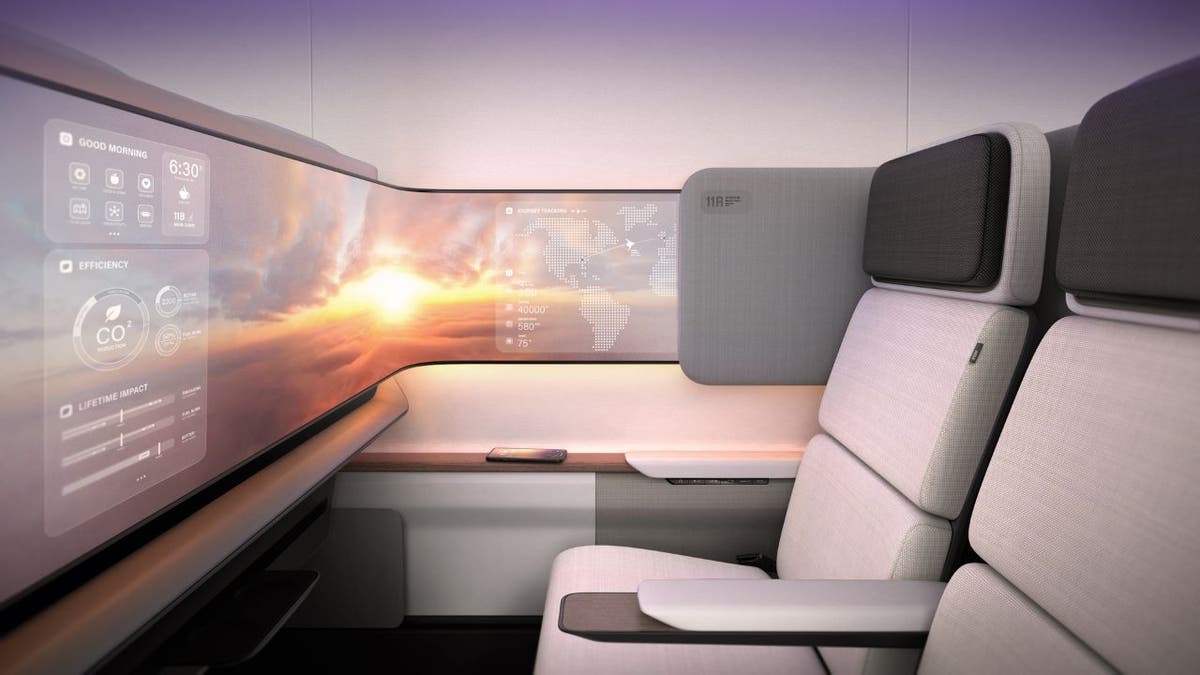
RADICAL NEW TECH BRINGS FLYING CARS CLOSER TO REALITY
Backed by industry and government support
This partnership follows JetZero’s receipt of a significant grant from the U.S. Air Force in 2023 to build a full-scale demonstrator aircraft, with a first flight planned for 2027. The grant, along with collaborations with aerospace leaders such as Northrop Grumman and Scaled Composites, reflects strong government and industry support for the BWB concept. Delta has been involved with JetZero since 2021, providing valuable guidance on how to bring this technology to market.
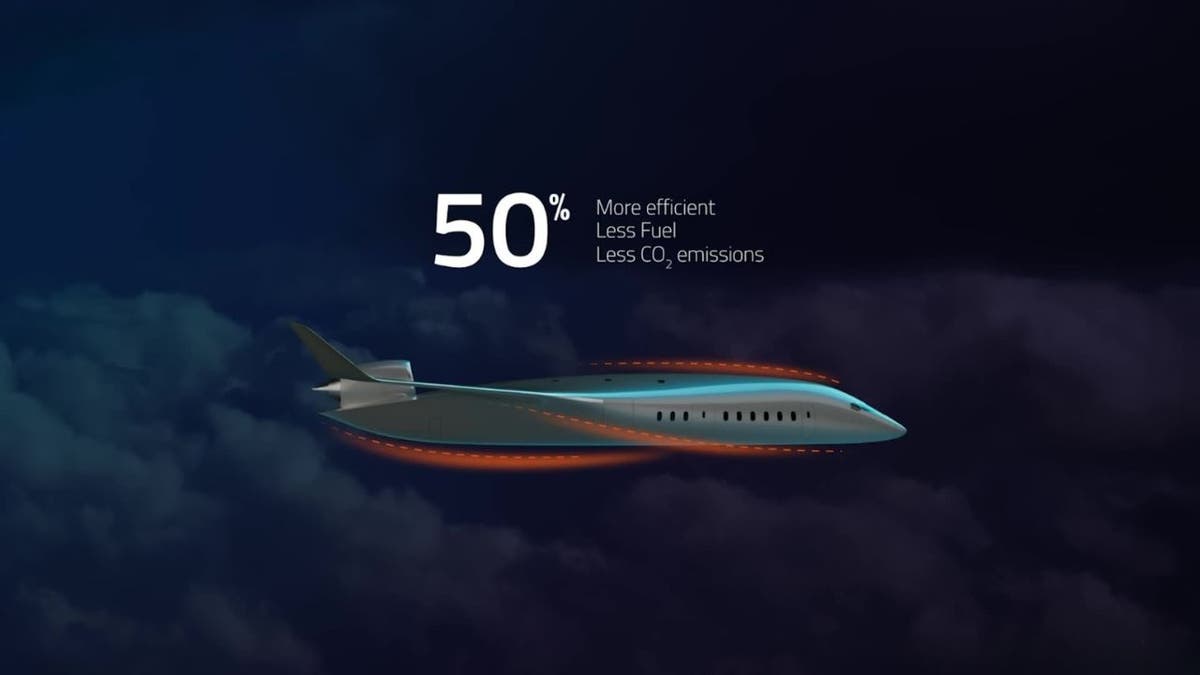
The need for breakthrough technologies in aviationOver the past 50 years, the aviation industry has made impressive gains in fuel efficiency, improving by roughly 80% through innovations like winglets and lighter materials. Delta alone saved more than 40 million gallons of fuel in 2024 by optimizing operations and upgrading its fleet. Still, the industry acknowledges that incremental improvements are insufficient to meet pressing climate goals. Technologies like the BWB aircraft are necessary to achieve the significant reductions in emissions and fuel consumption that the future demands.

Kurt's key takeaways
Delta and JetZero’s collaboration marks a meaningful step toward a cleaner, quieter and more efficient future for air travel. While challenges remain, including regulatory approvals and ensuring passenger comfort with the new design, this partnership exemplifies the aviation industry’s dedication to innovation and sustainability. The future of flying is being reshaped by bold ideas like the blended wing body aircraft, which promise to make air travel more environmentally responsible while improving the overall passenger experience.
foxnews.com |










